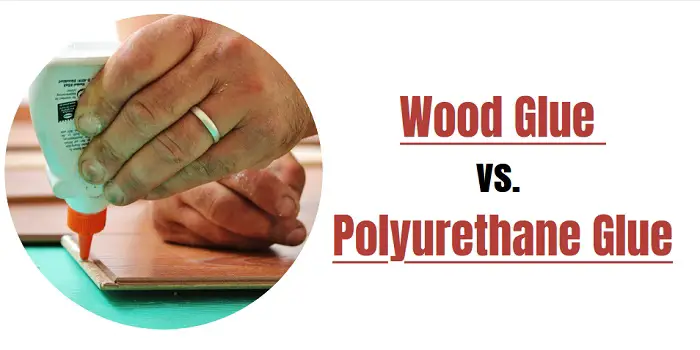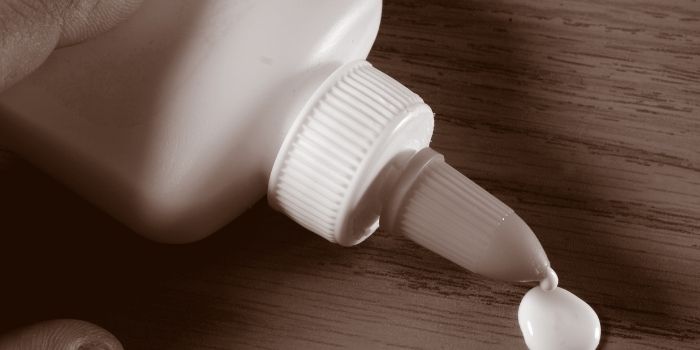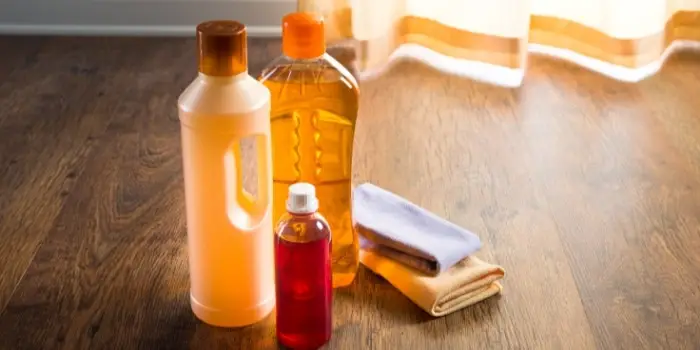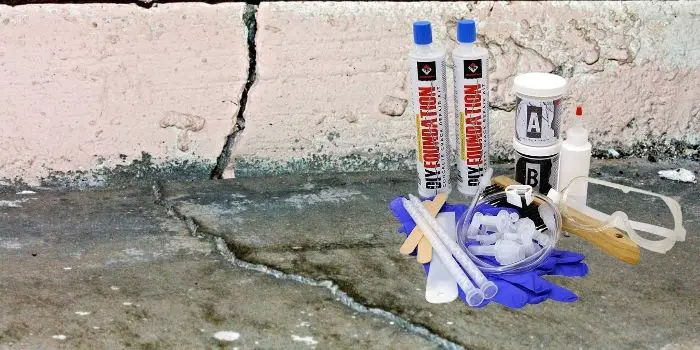
Whether you’re a professional tradesman, DIYer, or just somebody that needs to glue something back together that’s been broken in your home, you’ll sometimes need to glue it.
What glue to use can often be a bit confusing, as there are so many different brands on the market and even different types of glue.
The two main ones I will be talking about here include wood glue and polyurethane glue.
The big question is, however, what’s the difference between them, and when and why should you use one in place of the other?
In short terms, the basic difference between wood glue and polyurethane glue lies in their usability.
Where the former is basically formulated to use on wood, the latter can be used on a variety of substrates that includes wood, metal, foam, glass, concrete, stone, ceramic, and lots more.
As somebody that had to glue things back together in my home, I’ve used both and had varying success depending on what I was doing.
In some cases, I used the wrong product, which resulted in it being glued but wasn’t the cleanest result.
I’m now much better informed and want to help you so that you don’t make the same mistakes I did.
What's Here in the Article:
What is Wood Glue?
Wood glue, PVA glue, and yellow glue it’s all the same glue, though it comes in different types.
So be sure to check which one you’ll need before buying it.
It’s effective for gluing wood back together but can also be used on some other materials.
- Type-I is waterproof, so it would be most effective for any outdoor project.
- Type-II is water-resistant, so it can withstand moisture but not forever.
- Type-III is not water-resistant at all, so you’d only want to use this inside in dry areas.
Wood glue is exceptionally durable and robust.
Most often, once you use it for a break or to join things together, it will last longer than the actual wood it’s been applied to.
So, strength and durability are not a factor with it.
The Pros
- Very easy to apply
- Edge grain joint adhesion on wood is extremely strong
- Longer working time of approximately 30 minutes
- Takes 30 minutes or so to form a bond so you can maneuver and reposition easily.
- Water-soluble glue is so much easier to clean up.
- Cheap compared to other options.
- Available everywhere, even in grocery stores.
- Non-toxic and safe to handle.
- You can use PVA glue on multiple materials though designed to penetrate the wood and join exceptionally strongly.
The Cons
- Poor end grain adhesion
- Must pick the right type for the environment; some do not keep adhesion in wetness.
- Wood glue dries slowly when compared to polyurethane glue.
- Many “slick” materials won’t join with wood glue.
What is Polyurethane Glue?
Polyurethane glue comes in various brands, but you’ve most likely seen it and used it as Gorilla Glue.
It can be used for gluing multiple materials together, including wood, concrete, metal, stone, and basically anything else you can think of.
This type of glue won’t soak into the pores of any materials it is applied to, which some could consider gives it a weaker bond.
However, it can be used on already finished surfaces and can be easily painted and stained.
When applying this type of glue, you need to wet both surfaces, apply the glue and then clamp it together.
The drying time is relatively short, and once completed, you’ll need to sand or break away any excess adhesive.
You’ll find it bubbles quite a bit during the drying process, so there can be a large amount of extra glue to clean away.
The Pros
- Will glue almost any material together.
- Better than wood glue for end grain connections on wood.
- As it cures, it expands, which can help fill and tighter joints
- Better adhesion for a broader range of materials.
The Cons
- You need to remember to wet each thing you are joining. Otherwise, it may not work.
- The glue will stick within 15 minutes, so ensure everything is in place by then.
- Cleanup can be laborious due to the expansion and bubbling of the glue.
- Polyurethane glue, once opened, won’t last for longer than one year.
- Due to expanding as it cures, you can be left with a mess or things pushed out of alignment.
Overall – Which Glue is Better?
Reading through all of that may not have left you with an impression of which one is better, so you can purchase it and get to work.
Unfortunately, the answer is that neither is better overall, and they have an overlapping use where they’re equally suitable for the task.
You’ll need to review the pros and cons of each and then make your choice.
From my personal experience as a painter and homeowner, Gorilla Glue is a much more versatile product that I would pick every time.
It works against more materials and provides excellent adhesive that I’ve never found to break, though bottles don’t last as long as wood glue, and it’s more expensive.
If you’re often working with wood, I would consider buying both as you’ll likely need both for different tasks.
However, wood glue, in most situations, will be your better option for joining wood, so it depends on what you’re doing with the glue.
Share the post "Wood vs. Polyurethane Glue: What’s the Basic Difference?"

Douglas Becker (aka Painter Doug) has over twenty years of experience as a painter in Adkins, Texas. At present, he resides in Florida with his family.
From painting multi-storeyed houses, condos, and apartments to large commercial buildings and small offices, he had served various customers in areas not only in Adkins but also in Southwest Florida, Sarasota, Naples, and many more. To know more about him check here.




